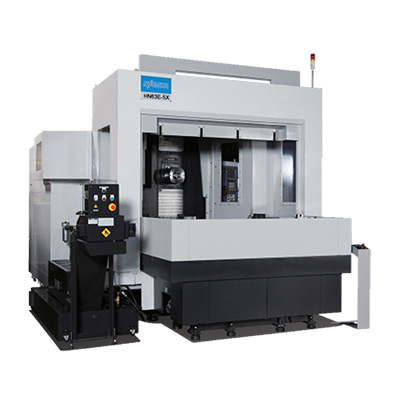Maintenance Tips for ATV Brake Lines to Ensure Safety and Performance
Understanding ATV Brake Lines Importance, Maintenance, and Replacement
All-Terrain Vehicles (ATVs) are designed for diverse terrains and adventurous outings, providing exhilarating experiences for riders. However, safety is paramount, and one of the critical components ensuring rider safety is the brake system, which is fundamentally reliant on the brake lines. In this article, we will delve into the importance of ATV brake lines, how they function, signs of wear and tear, maintenance tips, and when to replace them.
Importance of ATV Brake Lines
Brake lines are pivotal to the braking system in ATVs. They transport brake fluid from the brake master cylinder to the brake calipers. When the brake lever is engaged, pressure is sent through the brake lines, enabling the calipers to clamp down on the brake discs. This action slows down or stops the vehicle. Given the rough terrains that ATVs often navigate, the integrity of the brake lines is crucial to ensure reliable and responsive braking.
How Brake Lines Work
Typically made from either rubber or stainless steel, ATV brake lines are designed to withstand high pressure. Rubber lines are flexible and more prone to wear and tear but provide a smoother ride. On the other hand, stainless steel lines are more durable and provide better performance, especially under extreme conditions. Regardless of the type, brake lines must remain intact and free of leaks for the braking system to operate efficiently.
Signs of Wear and Tear
Brake lines experience wear and tear due to exposure to various environmental factors such as dirt, moisture, and extreme temperatures. It is essential to be vigilant and recognize the signs indicating that the brake lines may need attention
1. Leaking Brake Fluid One of the most obvious signs is the presence of brake fluid beneath the ATV. If you notice fluid leaking from the brake lines, it is crucial to address the issue immediately, as this can compromise the entire braking system.
2. Spongy Brake Lever If the brake lever feels loose or spongy when pulled, it may indicate air in the brake lines due to a leak or moisture absorption, impairing the system's performance.
3. Cracks or Fraying Inspect the brake lines regularly for any visible cracks, fraying, or wear. Damaged lines can burst under pressure, leading to brake failure.
atv brake lines

4. Warning Lights Many modern ATVs come equipped with warning systems that alert the rider to brake system issues. Pay attention to any dashboard warning lights indicating a braking problem.
Maintenance Tips
To extend the lifespan of ATV brake lines, regular maintenance is essential. Here are some tips for proper upkeep
- Inspect Regularly Check the brake lines for any visible damage or leaks during routine maintenance intervals. Ensuring they remain free of dirt and debris is crucial.
- Flush and Replace Brake Fluid Over time, brake fluid can absorb moisture, leading to decreased performance. Flushing the brake system and replacing the fluid every couple of years is recommended.
- Keep an Eye on the System Regularly test the brake system's responsiveness. If you notice any irregularities, investigate promptly.
When to Replace Brake Lines
If you identify any of the signs of wear mentioned above or if the brake lines are over five years old, it may be time for a replacement. Depending on the type of brake lines installed, the time frame can vary. Rubber lines typically need replacement more frequently than stainless steel ones, which can last longer if maintained properly.
When replacing brake lines, it is advisable to consult a professional or refer to the manufacturer's specifications. Using high-quality replacement parts is paramount to ensure safety and performance.
Conclusion
In summary, ATV brake lines are a critical component of the vehicle’s safety system. Understanding their role, recognizing signs of wear, and maintaining them adequately can significantly enhance safety while riding. Whether you're a seasoned rider or new to the world of ATVs, paying attention to your brake lines is essential for a safer and more enjoyable riding experience. Always prioritize safety, and don’t hesitate to seek professional assistance for maintenance and replacements to ensure optimal performance.
-
Ultimate Spiral Protection for Hoses & CablesNewsJun.26,2025
-
The Ultimate Quick-Connect Solutions for Every NeedNewsJun.26,2025
-
SAE J1401 Brake Hose: Reliable Choice for Safe BrakingNewsJun.26,2025
-
Reliable J2064 A/C Hoses for Real-World Cooling NeedsNewsJun.26,2025
-
Heavy-Duty Sewer Jetting Hoses Built to LastNewsJun.26,2025
-
Fix Power Steering Tube Leaks Fast – Durable & Affordable SolutionNewsJun.26,2025

